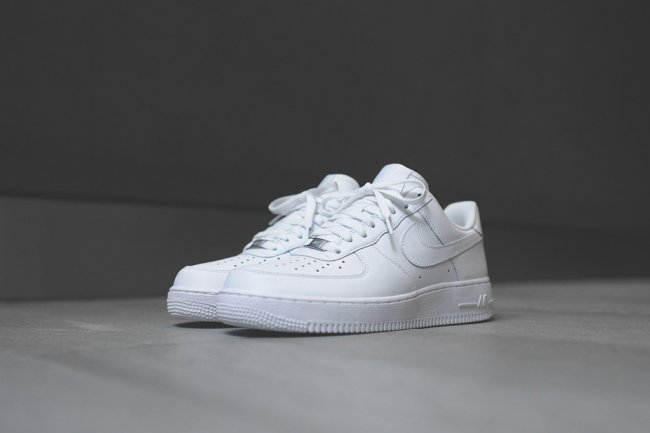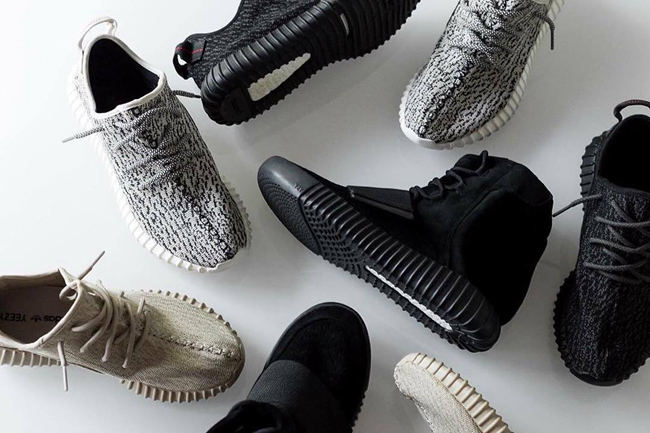NPD Group analyst Matt Powell recently summarized the evolution of the sneaker culture and the behavioral patterns of the sneakerhead group in a blog, and analyzed the significance of the existence of the sneakerhead group to the US sports shoe industry. The following content is the lazy bear sports compiled from this article: Sneakerhead origin The emergence of Sneakerhead was born out of the sports brand's launch of special sneakers for star athletes. In the 1970s, New York's most famous street basketball players had their own cool and rare sneakers, which were rare versions made by the manufacturers. In 1986, at the request of retailers in the East Coast city, Nike re-launched the Air Force 1, a basketball shoe that was born in 1982, which made people's enthusiasm for sneakers rise to a higher level. The real-scale collection began in 1984 when Nike launched the first sneaker for Michael Jordan. This sneaker was banned from wearing in the game because it did not meet the requirements of the NBA sneakers at the time (in fact, some people have verified that Jordan is really The NBA is not wearing the Air Jordan 1 with black and red color, but the Nike Air Ship, the predecessor of Jordan. Since then, other brands have followed suit, sponsoring star players and launching personal special shoes for them. After that, Nike began to launch the replica Jordan shoes from time to time, the old shoe fans have seized the opportunity to add the collection, the new shoe fans took the opportunity to embark on a long collection. The big competition of the sneaker collection kicked off. Evolution of sneakerhead in the Internet age The emergence of the Internet has changed everything. People have found that the number of sneakerhead groups in the world is amazing. Collectors who used to work alone are now connected to each other via the Internet. The rumors of the release of new shoes are spreading rapidly, and some shoes with special collection value are spread around the Internet. Pursuing the sound of a shoe (or singing the sound of a shoe) will soon cross the ocean. All of this has pushed the sneaker culture to an unprecedented climax. With the rise of P2P sites, people can buy and sell their favorite shoes on a website like eBay. Dramatic changes have occurred, and the price of rare shoes on the Internet has quickly been fired several times more than the original price. The soaring price has also attracted the attention of opportunists. Finally, the sneaker brand began to actively cooperate with artists, musicians and celebrities to launch specially designed, super limited edition shoes. The brand hopes to stir up the brand's popularity in the sneakerhead group and promote the brand image through such cooperation. Due to the very small supply of these specially co-branded shoes, they are extremely scarce in the market. The speculation of the special cooperation model actually created a secondary market for the sneakers for the collectors. Almost a moment, the world of sneakerhead has changed, and the meaning of collecting shoes has changed from being a love for the heart to making a profit. As the resale price of limited edition shoes has gradually increased, a new type of "sneakerhead" has been born: the speculator. This type of person only wants to make quick money (or make a fortune) by selling shoes. The only purpose of entering them is to resell limited edition shoes. Sometimes they will change hands on the day they buy shoes. The real sneakerhead is of course always buying or selling shoes, but it is by no means the magnitude and intensity of this scalper trade. A large number of two. Hand dealers raised the resale price of sports shoes, making many real collectors unable to buy their favorite shoes. Is Sneakerhead important to the sports shoe industry? The specific information on Sneakerhead's sneaker trade is not easy to count, but it can be seen from which brands and styles of shoes are more popular with sneakerhead. In general, Jordan is the most sought after re-enactment of sneakers, celebrity endorsement sneakers and celebrity cooperation sneakers (celebrity cooperation is not high because of its scarce supply). Of course, not every shoe in the above shoes is in the hands of sneakerhead (and some ordinary consumers will buy these shoes), but if we assume that all these shoes are bought by sneakerhead, these Jordan shoes, star models, cooperative shoes, etc. The overall market share will not exceed 3% of the size of the US sports shoe market. This is almost an insignificant number. Since sneakerhead has a very limited impact on the US sports shoe retail industry, how do we discuss their impact on the entire sports shoe industry? The "sound" of the sneakerhead group has little impact outside the sneaker culture circle. The sneakerhead's media come in many forms, from large and complex publishing houses to personal media sources that record videos at home and upload YouTube. But all sneakerhead media have natural weakness: they don't dare to offend sneaker brands because they have to expect brands to provide them with pictures and news about the new shoes. In the sneakerhead media, the original content is very small, and the phenomenon of “copy and paste†between them is very common. This is because the media in the face of the strong brand sneakerhead has no will or ability to tell the truth, leaving their influence in the sneaker culture circle. Very weak. However, savvy brands and retailers will listen to the voice of the sneakerhead collective. If a certain product, a certain color or a certain material is introduced for the brand, the overall response of the sneaker cultural circle is very positive or very negative, and the brand and retailer will adjust the sales plan based on this. Therefore, the most important function of social media is not publicity, but listening. Sneakerhead is a group of collectors and enthusiasts who are loyal to the sneaker culture. They are unable to influence the mainstream trend of sports shoes sales, but they can indeed create some momentum for the brand, which is difficult to accurately measure the value of the brand. The interior of the sneaker culture circle is full of voices, but these voices cannot be transmitted outside the circle. Woven Fabric,Woven Polyester Lining Dress Fabric,Woven Cloth Fabric,Pp Non Woven Fabric Shaoxing Ruier Imp. & Exp. Co.,Ltd , https://www.pasatextiles.com



Sneakerhead refers to the "shoes" who use sneakers (or sports shoes) as a hobby for collecting, trading and enjoying. Like most other collectors, sneakerhead has an unparalleled loyalty and enthusiasm for sneakers. It can be traced back to the history of a pair of shoes and a brand. Many people spend a lot of time researching sneakers, and they can spend a lot of money on their favorite shoes.
March 15, 2023